Why have some professional photographers eagerly embraced mirrorless, while others still hold out? Geoff Harris canvases opinions, for and against
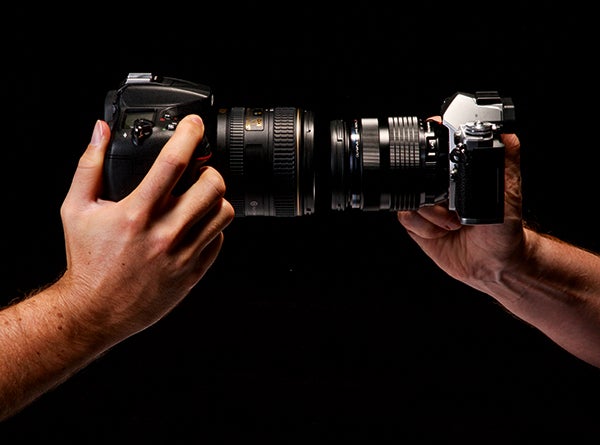
Interest in mirrorless cameras has grown steadily ever since Panasonic released the ground-breaking Lumix DMC-G1 in 2008, with photography pundits regularly predicting that ‘this will be the year in which mirrorless takes over’. We’re not quite there, as DSLRs still dominate the high-end enthusiast and pro end of the market.
However, change is in the air, and while the mirrorless market is quite volatile, survey after survey has shown they are luring an increasing number of users away from big heavy cameras with flapping mirrors. It’s not hard to see why: the traditional sticking points for mirrorless refuseniks, namely electronic viewfinders and AF performance, seem to improve with each new release, and there’s never been such a wide choice of high-quality zoom and prime lenses. For many travel and documentary photographers, the light weight and compact dimensions of mirrorless cameras are a no-brainer. More and more landscape, portrait and even sports photographers are changing over too. Yet, many of their peers are sticking with DSLRs.
Over the next six pages, we chat to a range of top photographers from different genres to get their take on the DSLR vs mirrorless issue – and some of the findings will surprise you.
Sports and action photography
The Rio Olympics was mostly shot on DSLRs, but the 2020 Games in Tokyo, Japan, could be very different
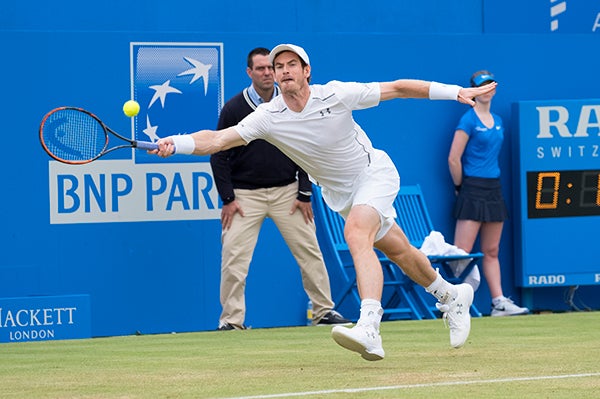
Andy Murray at full stretch. This image was taken by Mark Pain with a Fujifilm X-T2 prototype
As the massed ranks of the Canon L series and Nikon pro lenses at the Rio Olympics have shown, sports photographers have been very reluctant to trade in their DSLRs for mirrorless. Much of this is down to the perception that the continuous AF on mirrorless cameras lags behind (it’s essential for action shots), or that their electronic viewfinders (EVFs) are not as bright and clear as traditional optical versions. Leon Neal, a sports and press shooter for the AFP agency, speaks for many of his peers.
‘Mirrorless is almost certainly the future, but currently the features that I need aren’t addressed by makers of mirrorless systems,’ says Leon. ‘My Nikon D5 bodies are very fast and incredibly tough, but also include things like a network port for tethered shooting at events like Wimbledon and the Olympic Games. I’m sure future generations of cameras will ditch the flapping nod to history that is the mirror, but until then, I’m sticking with it.’
While a network port for tethered shooting is indeed lacking in mirrorless cameras – makers would argue it’s still a very niche feature – some of Leon’s colleagues are proving more receptive to the idea of changing over.
Take Mark Pain, former chief sports photographer for The Mail on Sunday. ‘I’ve just finished a hands-on test of a Fujifilm X-T2 prototype, which I took to the UEFA 2016 soccer championship and this summer’s tennis,’ he says. ‘I was sceptical about it at first, but very pleasantly surprised.’
As Mark explains, a lot of sports photographers don’t like change and need time to get used to new technologies, but the X-T2 offers some big advantages. ‘It’s silent and much lighter,’ he adds.
Mark is very happy with the X-T2’s picture quality (see his outstanding image of Andy Murray, right) but reckons there are still some issues that need to be addressed.
According to Mark, a key area in which mirrorless still lags behind is continuous/motor drive shooting. ‘One of the differences between amateur and pro sports photographers is that we look through the viewfinder all the time, even when firing off shots with the motor drive,’ he says. ‘I am lifting and depressing the shutter even though I am using continuous shooting. On the new Nikon D5, there is hardly any blackout between the frames, but the EVF on a mirrorless camera is computer-generated. Because of the way they work, mirrorless cameras have to turn the sensor on and off when using the motor drive, so there is a slight lag when trying to follow a fast-moving soccer match, for instance. With a modern pro DSLR, there is a processor for the autofocus and another one for the picture processing, which also improves performance.’
Lenses on mirrorless cameras
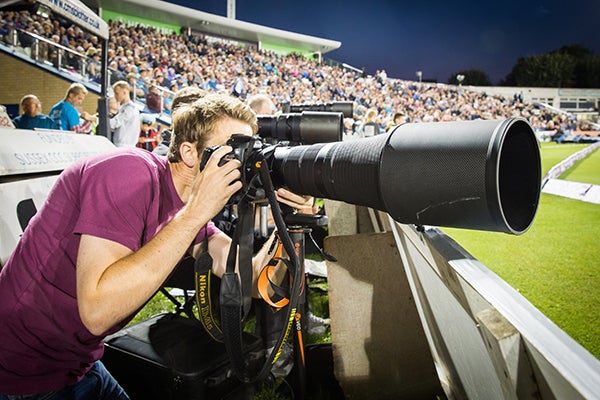
Long lenses will always be needed for sport
Another issue is lenses, but as Mark notes, there are extenuating circumstances: ‘Even with Fujifilm, which has quite a good range, there are relatively few primes and they are relatively short. I think the company is trying to appeal to as many customers as possible so this is understandable. Remember, with APS-C mirrorless you don’t need such massive lenses anyway. Because of the crop factor, a 300mm f/2.8 lens, which is the go-to lens for a lot of sports photographers, only needs to be a 200mm f/2.8 on APS-C.’
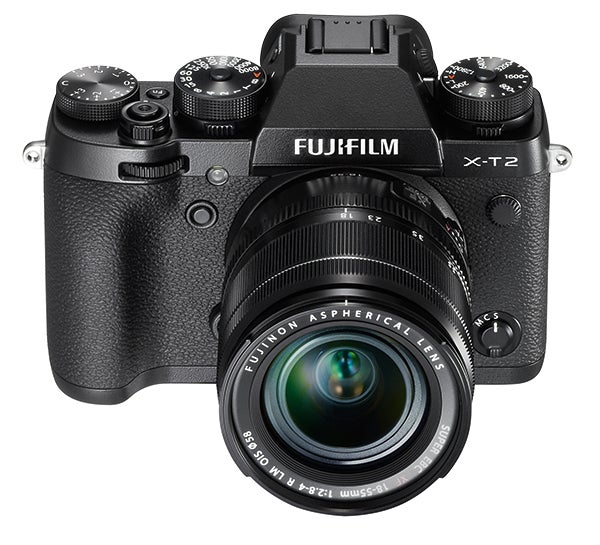
The compact dimensions of the X-T2 may deter some sports pros
Mark reckons the X-T2 will be a game changer (he stressed he tested a prototype version). ‘I believe the future is mirrorless for sports,’ he says. ‘When it comes to AF, the X-T2 is not quite up there with my Nikon D5, but it’s big improvement from the X-T1. Canon and Nikon have to accept that the future is mirrorless if they want to keep customers. You can be sure that makers will be doing their best to ensure as many sports photographers as possible are using their mirrorless cameras at the Tokyo Olympics in 2020.’
Visit www.leonneal.com and www.markpain.com
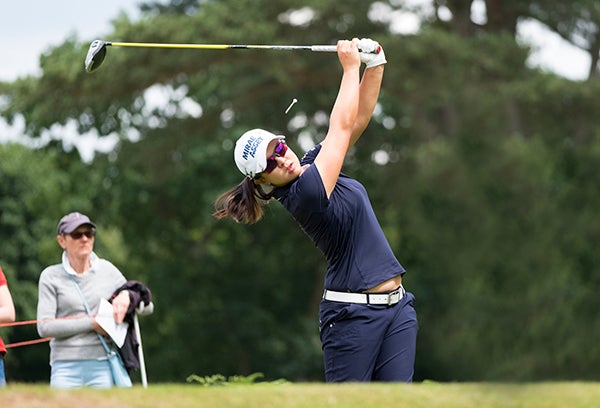
Continuous focus has leapt forwards on the X-T2 prototype that Mark Pain tested
Sports versions ahoy?
While most mirrorless manufacturers make a virtue of their camera’s compact dimensions, this can be a negative for sports photographers. ‘A worry was the small size and small grip, particularly when I used the Fujifilm X-T2 with a long lens,’ Mark Pain observes. ‘Compared to the Nikon D5 body it feels small, so you need to change your mindset. It would be great for sports photographers if makers could bring out a special “sports” version of their cameras with a larger build and grip, so it felt more ergonomic with larger lenses.’ Sports versions of mirrorless cameras could also include important specialist features, such as a network port for tethered shooting at major sporting events.
Landscapes
How much longer will the hills be alive to the sound of DSLR mirrors locking up?
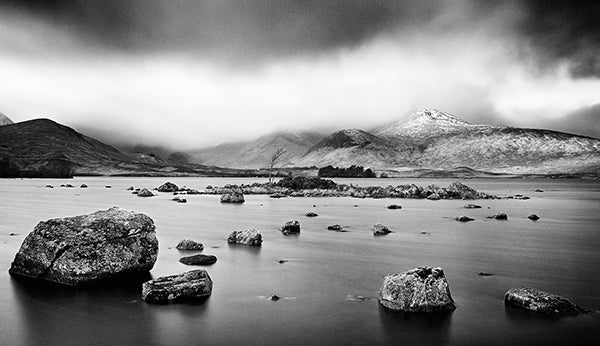
Landscape photographer Steve Gosling is getting top results from mirrorless cameras
You don’t tend to see many landscape pros using mirrorless cameras, and the same goes for their enthusiast fans. There are various reasons for this. Landscape and travel veteran David Noton says: ‘I prefer not to have a poor-quality TV screen between the subject and me. What’s more, I like to really look into the composition through an optical viewfinder, without necessarily having to turn the camera on. I’m also worried about speed of focusing and battery consumption.’
Mirrorless myths dispelled
Yet there are several well-regarded landscape professional photographers who have made the change to mirrorless and never looked back. Olympus shooter and course leader Steve Gosling is a good example. ‘The first thing to say is that I have no problem going from a full-frame Canon EOS 5D Mark II to an Olympus OM-D,’ he says. ‘I’ve made prints up to 30x20in from the Olympus without any problem. People come to my courses and say: “I’ve been thinking about mirrorless, but how can I shoot landscapes with such a small sensor?” I ask them how big they print, and they usually say A3 or A3-plus. I chuckle, as the OM-D system can easily do that. There are a lot of misconceptions.’
Steve also cites the range of high-quality Zuiko lenses as a reason for choosing the Olympus OM-D system, including a set of weather-sealed and relatively lightweight f/2.8 zooms. ‘Because of the small size of the camera’s sensor I can shoot at f/8 and f/11, but to get the same level of depth of field detail from the Canon I’d have to shoot at f/22,’ he says.
So what about that ‘poor-quality TV screen’, as David Noton calls a typical mirrorless EVF? ‘I am totally comfortable with “what you see is what you get” EVFs, and they’ve become better and better since the original Olympus E-M5,’ counters Steve. ‘I find it frustrating on workshops when I look through students’ optical viewfinders and can’t immediately see how their camera is exposing the scene. I mainly shoot landscapes on a tripod, so I use the rear screen to compose and check focus rather than peering through the EVF. Focus peaking really helps with manual focus, too.’
Changing attitudes
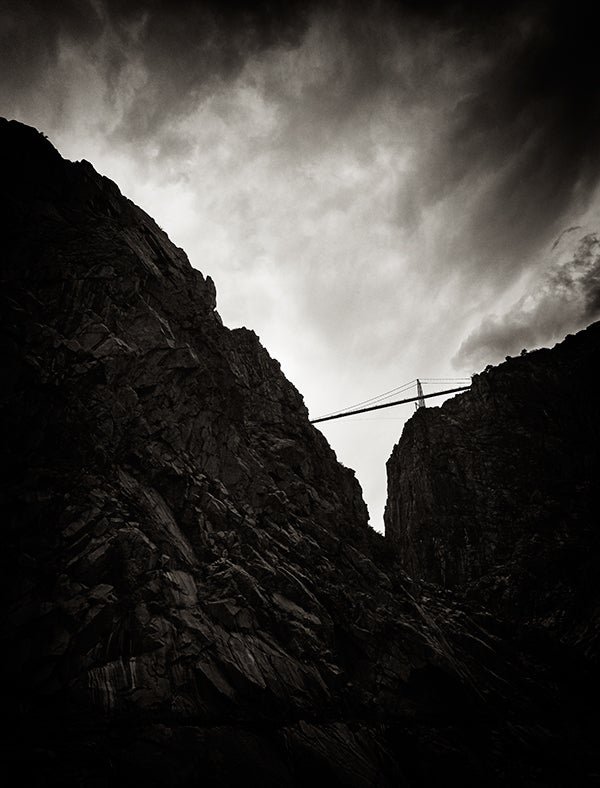
DSLR or mirrorless? Few viewers would be able to tell which system was used here
According to Steve, some of his landscape peers are reluctant to switch to mirrorless for more than purely technical reasons. ‘If you have invested a lot in a system, it can be expensive to change,’ he says. ‘There’s also the “if it ain’t broke, don’t fix it” attitude. For me, the switch was also driven by a long-standing back problem, exacerbated by heavy DSLRs and lenses. Once I found I could get great prints from the OM-D system, it was a no-brainer.’ Visit www.stevegosling photography.co.uk and www.davidnoton.com
Mine’s bigger than yours
Steve’s points are echoed by another landscape shooter and regular AP contributor, Paul Sanders. ‘I switched three years ago,’ he says. ‘It felt like it was all about the DSLR – my camera’s bigger than yours, and so on. I had run into a bit of a creative block, so I went out and bought a Fujifilm X-Pro1 and a 14mm lens as a way of taking the hassle out of choosing kit. Within a week I was taking more photos and enjoying experimenting more – a job as cool as photography shouldn’t be a chore.’
Again, Paul shrugs off any worries about a drop in resolution compared to pro-spec DSLRs. ‘A lot of my work is long exposure, so it’s a bit soft and fluffy anyway,’ he says. ‘There are some differences with the smaller sensor, but it’s not about the technical quality of the image; it’s about the artistic quality. I have printed images at 48in across without any problems. I can use the full range of lens filters too.’
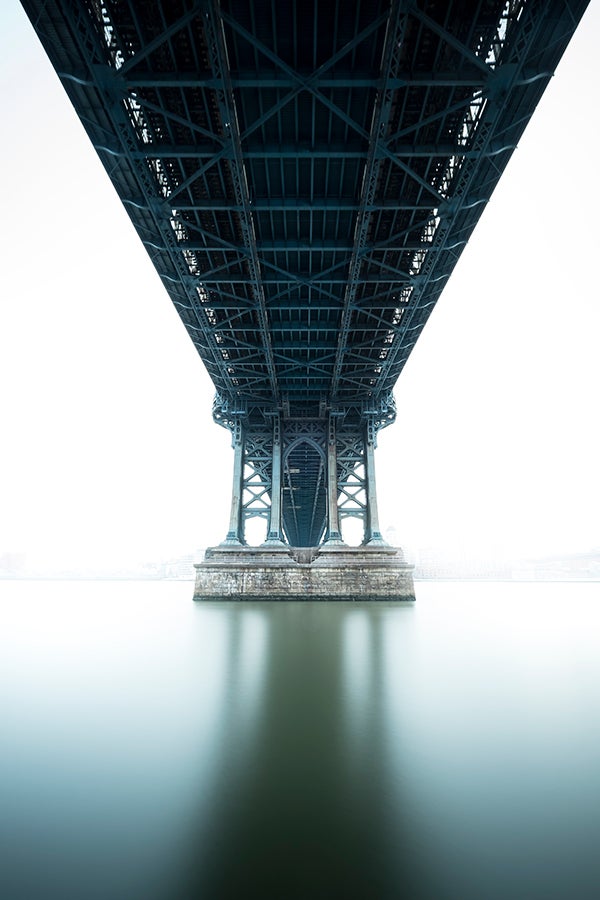
Paul Saunders uses a lot of long exposure in his work
However, Paul does tend to expose more to the right with his Fujifilm mirrorless system. ‘It’s technically sacrilege, but I push highlights until they clip and then recover in raw, so there’s plenty of detail in the shadows,’ he says. ‘Even when exposing for shadows, noise is not bad; it depends on how you shoot. One thing I would like is the ability to shoot at an ISO lower than 200, but there are always compromises you have to accept. Some landscape photographers won’t change to mirrorless as it’s an ego thing – a big camera means I look professional, and must know what I am doing!’
Visit www.paulsanders.biz
Portraits and weddings
Mirrorless seems to have found a friend in portraiture
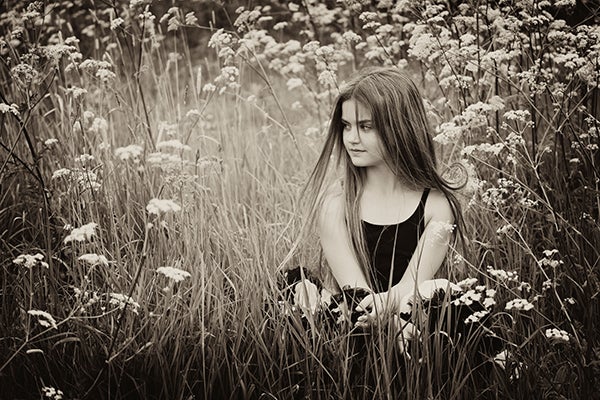
A smaller mirrorless lens is a godsend for those wanting to put children at ease
Sports and landscape photographers may still be quite traditional, but one genre in which mirrorless cameras are becoming increasingly common is portraiture – particularly weddings, travel, family portraits and even advertising. For weddings and family portraits, the size issue pops up again.
‘I do sometimes get funny looks at weddings when people see my Fujifilm mirrorless,’ says pro photographer Saraya Cortaville. ‘Some of the “Uncle Bob” guests [family and friends who come with cameras] may have a bigger camera than me. It doesn’t bother me as I know my work is good enough.
On the positive side, when photographing children, smaller mirrorless lenses are a godsend. A big 24-70mm SLR zoom can intimidate kids, but with mirrorless it’s much less of an issue. With the crop factor and rear LCD I can get so much closer to them.’
The same goes for Saraya’s travel work, where she spends three months a year working for charities and NGOs. ‘I’d go to places like Nepal or Tanzania and the villagers wouldn’t speak to me for a couple of days as they were so freaked out by my DSLR gear,’ she says. ‘They didn’t understand why I was there.’
Mirrorless discrimination
However, it can cut both ways. John Nassari, a commercial portrait and wedding photographer who shot the cover image for AP 13 August, has also faced resistance to his camera choice, but this time for choosing mirrorless over more traditional kit.
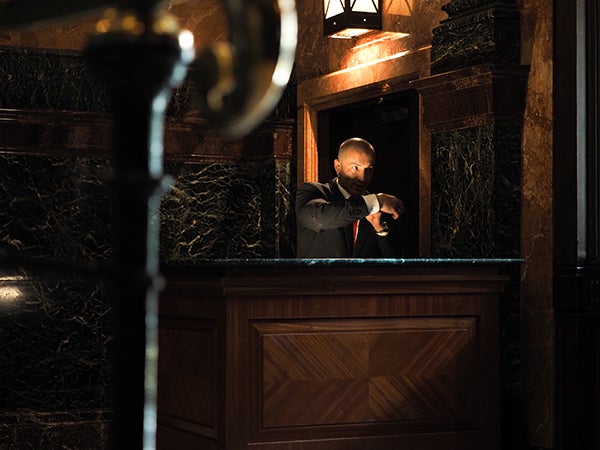
Commercial photographer John Nassari gets good low-light performance from mirrorless cameras
‘An art director told me I wouldn’t get the job if I used mirrorless – they called them toy cameras and insisted I use medium format,’ he says. ‘This is ridiculous, as you can get incredible detail from Olympus raw files – 40x30in prints are absolutely fine. I know this as I have a background in large-format work. There is a myth about mirrorless crop-factor images not being high enough resolution.’
John also reminds us that despite the relatively ‘small’ Micro Four Thirds sensor, very high-resolution files are possible on the Olympus OM-D E-M5 Mark II. ‘Its high-resolution mode means you can record 40MP JPEG images or 64MP raw files,’ he adds. ‘The sensor takes six shots across the frame and matches and combines them into a 40MP file. It’s perfect with a tripod for interior work, although you can’t use it with portraits in case you move or the subject moves. It’s also hard to use with landscapes with clouds and wind.’
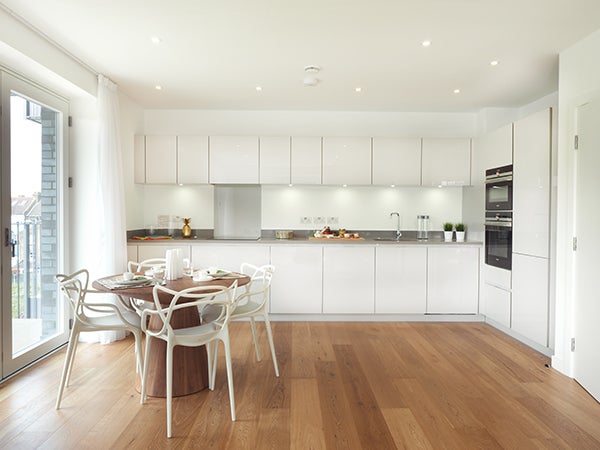
The high-resolution mode on the Olympus OM-D E-M5 Mark II enables large and very detailed files
Mirrorless in the studio
So what about studio work? George Fairbairn was named Advertising Photographer of the Year 2014, and is a big fan of the Fujifilm X-T2 (along with Mark Pain, he also tested a prototype of the camera). ‘The 36MP files from my Nikon D800 were annoying,’ he recalls. ‘The dynamic range of the X-T2 impressed me, as did the ease with which you can fine-tune AF – reducing the size of the AF square is great for me, as I often shoot full-body portraits, where the conventional AF square can cover the subject’s head. I use third-party studio lights, and my mirrorless cameras work fine with them. The only things on my wish list for the X-T2 are to do with second curtain flash. There was a weird issue with a low-sync speed, but it may have been a prototype problem. It would be good if the electronic shutter could fire the hotshoe, while the placement of the viewfinder off button next to the shutter button is not helpful.’
Visit www.sarayacortaville.co.uk, www.johnnassari.co.uk and gfphoto.co.uk
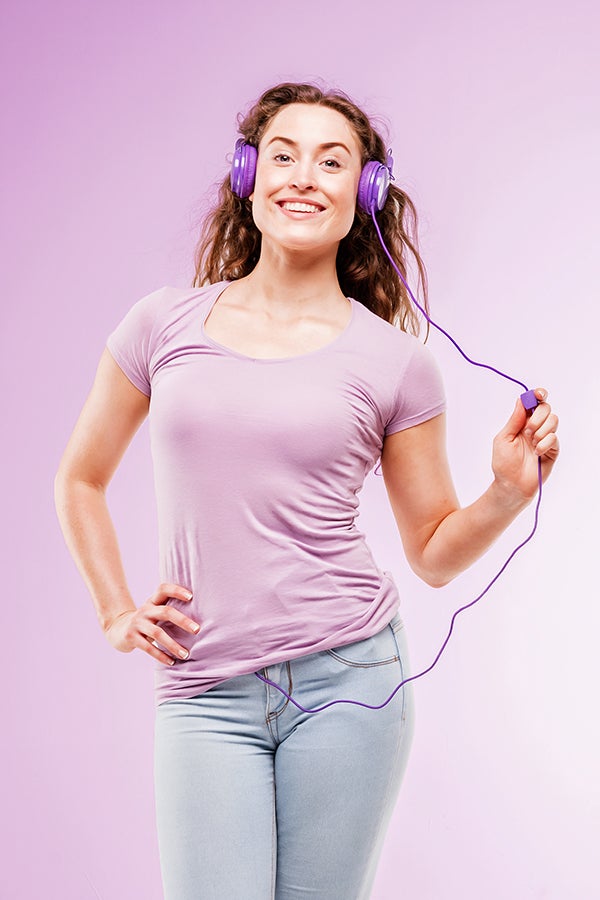
Studio photographer George Fairbairn also got good results from the X-T2 prototype
And the winner is…
there is no clear-cut victor this time. Compared to even a couple of years ago, it was relatively easy to find accomplished professional photographers who have happily made the switch to mirrorless, but plenty still haven’t. That said, it would be wrong of mirrorless evangelists to put this all down to the innate conservatism of DSLR die-hards, or the reluctance to spend on an entirely new camera system.
Also, few professionals appear to be overtly ‘anti’ mirrorless. Some, like music photographer Tom Barnes, object to what they describe as an overtly ‘electronic’ feel and too small dimensions for big hands (he’s 6ft 6in tall). But most are agnostic – like travel, landscape and architectural shooter, David Clapp. ‘Mirrorless cameras are wonderfully versatile, and I use my Canon EOS M3 a lot for static subjects,’ he says. ‘But I do still worry about continuous autofocus outdoors with the contrast-detection AF you get with mirrorless cameras. They are not capable at assessing the subject as fast as DSLRs with a separate AF sensor.’ Or, they echo Guy Edwardes’ views, worrying they’d end up with two systems: mirrorless for landscape but DSLRs for wildlife (because of the perceived continuous AF problem).
No automatic choice
The argument rumbles on, but one thing’s for certain: the latest generation of high-end mirrorless cameras, particularly the Fujifilm X-T2, indicates that DSLRs are no longer the automatic choice for many professional photographers. We’d love to hear your thoughts on the debate. Email us at APusers@timeinc.com.
Visit www.tombarnes.co, www.davidclapp.co.uk, www.guyedwardes.com




